Most scientists classify the jaguar, tiger, lion, and leopard as big cats because they roar. Big Cats is also a term that has been used to describe other large wild cats like the cougar (mountain lion/puma), clouded leopard, snow leopard, and cheetah. You can find a list of the biggest wild cats here.
Every big cat has unique characteristics. Here are some fun big cat facts:
Cougar Facts
- The cougar has many names, including puma, mountain lion and panther
- It is the second heaviest big cat (the jaguar is the heaviest)
- Cougars can be found throughout Central, North and South America
- The cougar is more closely related to smaller wild cats (and even domestic cats) than the lion.
- There are over 30 different subspecies of cougar
- Read more about the cougar.
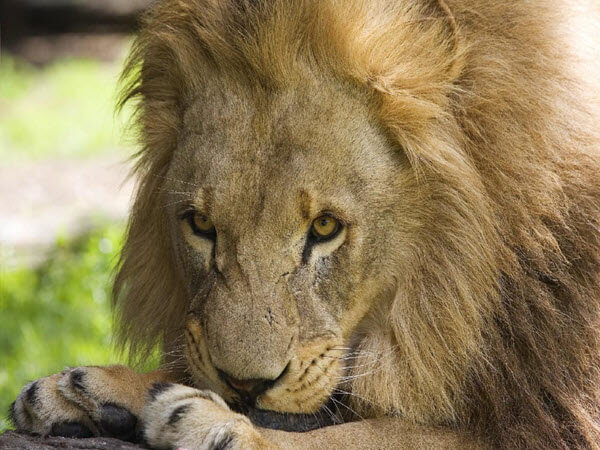
Lion Facts
- Lions are the second largest wild cat in the world.
- Female lions generally live longer than male lions.
- Female lions also do most of the hunting
- A lion’s roar can be heard up to five miles away.
- Read more about lions and Asiatic lions.
Tiger Facts
- Tigers are the largest wild cat in the world.
- Every tiger has a different tiger stripe pattern.
- Tigers are excellent swimmers.
- More tigers are now kept as pets than live in the wild.
- Read more about tigers.
Cheetah Facts
- Cheetahs are the fastest land animal in the world.
- Cheetahs generally hunt during the day, unlike lions and leopards.
- Cheetahs don’t see very well at night but can spot prey up to 3 miles away during the day.
- The number of Cheetahs in the wild has declined by 90% in the last century.
- Read more about cheetahs.
Jaguar Facts
- The word jaguar means “he who kills with one leap”
- The jaguar is the largest cat in North and South America.
- The jaguar is the third largest wild cat species.
- Jaguars like to swim in streams.
- Read more about jaguars.
Leopard Facts
- A leopard can carry extremely heavy prey up to 100 lbs. – approximately twice its weight.
- Leopards can be found in more places throughout the world than any other wild cat
- Leopards climb trees with speed and agility.
- They often sit on a shady tree limb during the day to keep out of the sun.
- Read more about leopards.
Snow Leopard Facts
- A snow leopard can leap as much as seven times the length of their own body – around 50 feet.
- The snow leopard’s wide, furry feet act as snow shoes.
- A snow leopard can kill prey three times its weight.
- Snow leopard populations are on a dramatic decline due to poaching.
- Read more about snow leopards.
Amur Leopard Facts
- The Amur leopard is a solitary and nocturnal wild cat.
- The Amur leopard is also known as the Manchurian, Far Eastern, and Korean leopard.
- The Amur leopard is dangerously near extinction, with less than 30 living in the wild.
- The Amur leopard has a long, thick coat of hair that grows almost an inch long during the summer.
- Read more about the Amur leopard.
Clouded Leopard Facts
- The clouded leopard is considered an evolutionary link between big cats and small wild cats
- Clouded leopards have long canine-like teeth and short, sturdy legs.
- Clouded leopards are excellent climbers.
- Clouded leopards sleep in trees during the day and go hunting at night.
- Read more about clouded leopards.
Sunda Clouded Leopard Facts
- The Sunda clouded leopard has been recognized as a separate species since 2006.
- The clouded leopard and Sunda clouded leopard are the smallest big cats.
- The Sunda clouded leopard can be found in Borneo and Sumatra.
- Both the clouded leopard and Sunda clouded leopard are usually only seen at night.
- Read more about the Sunda clouded leopard.

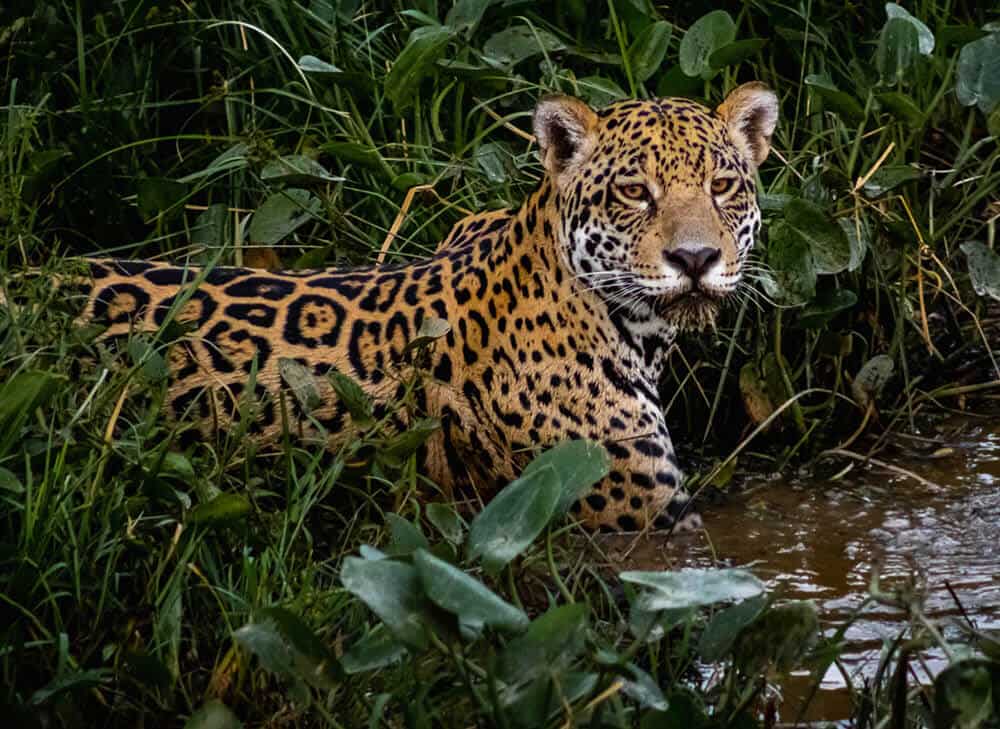
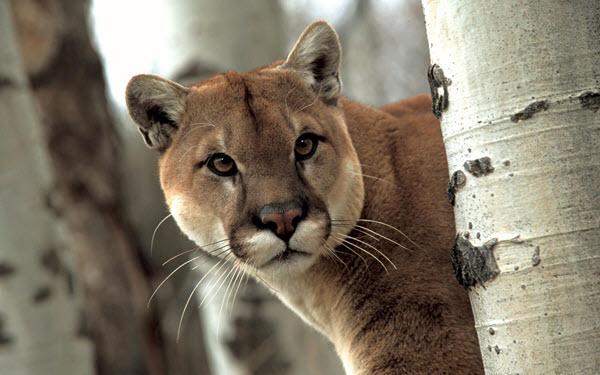
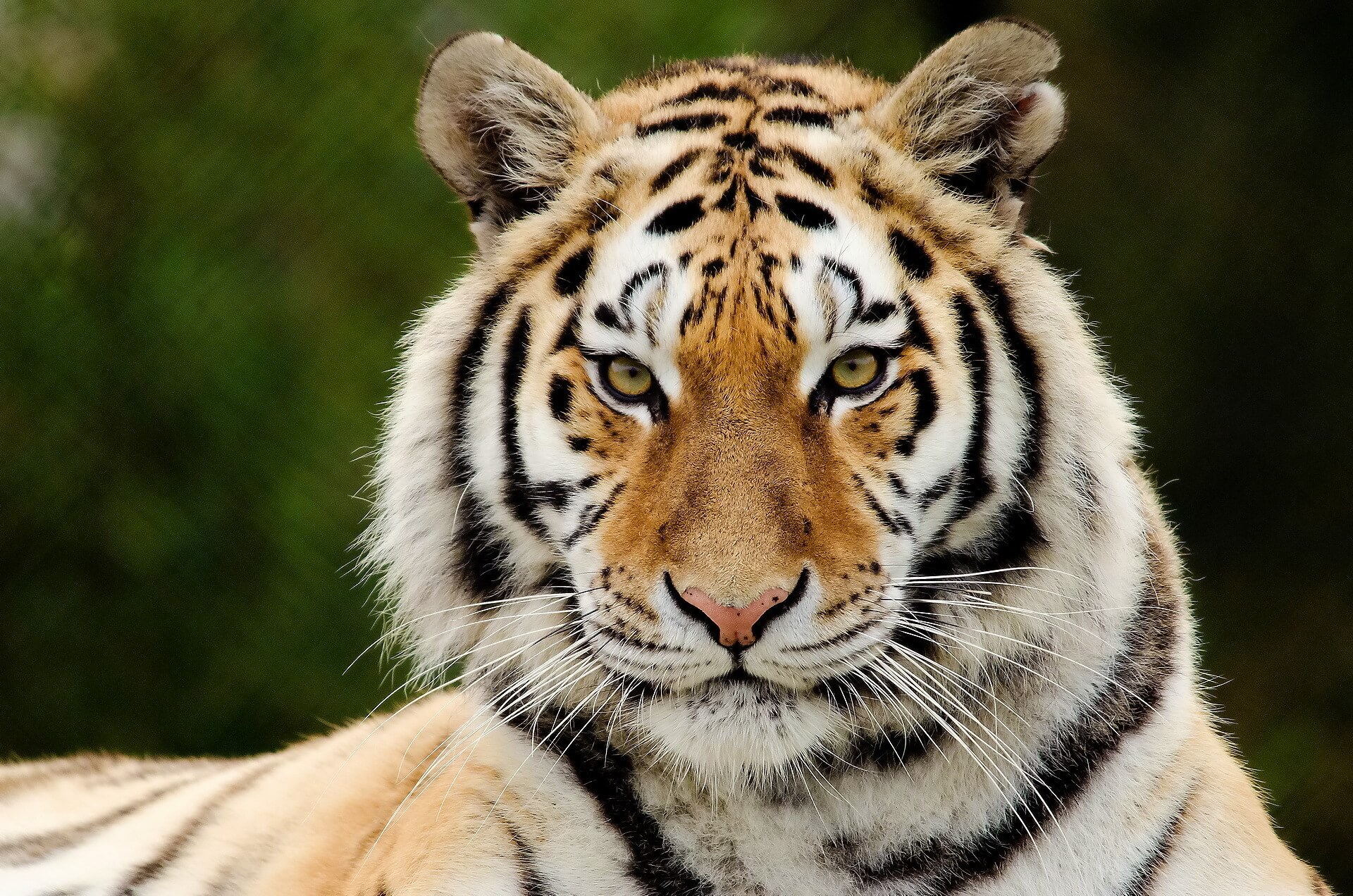
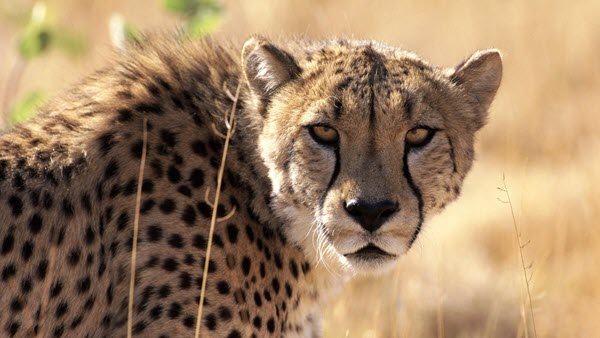
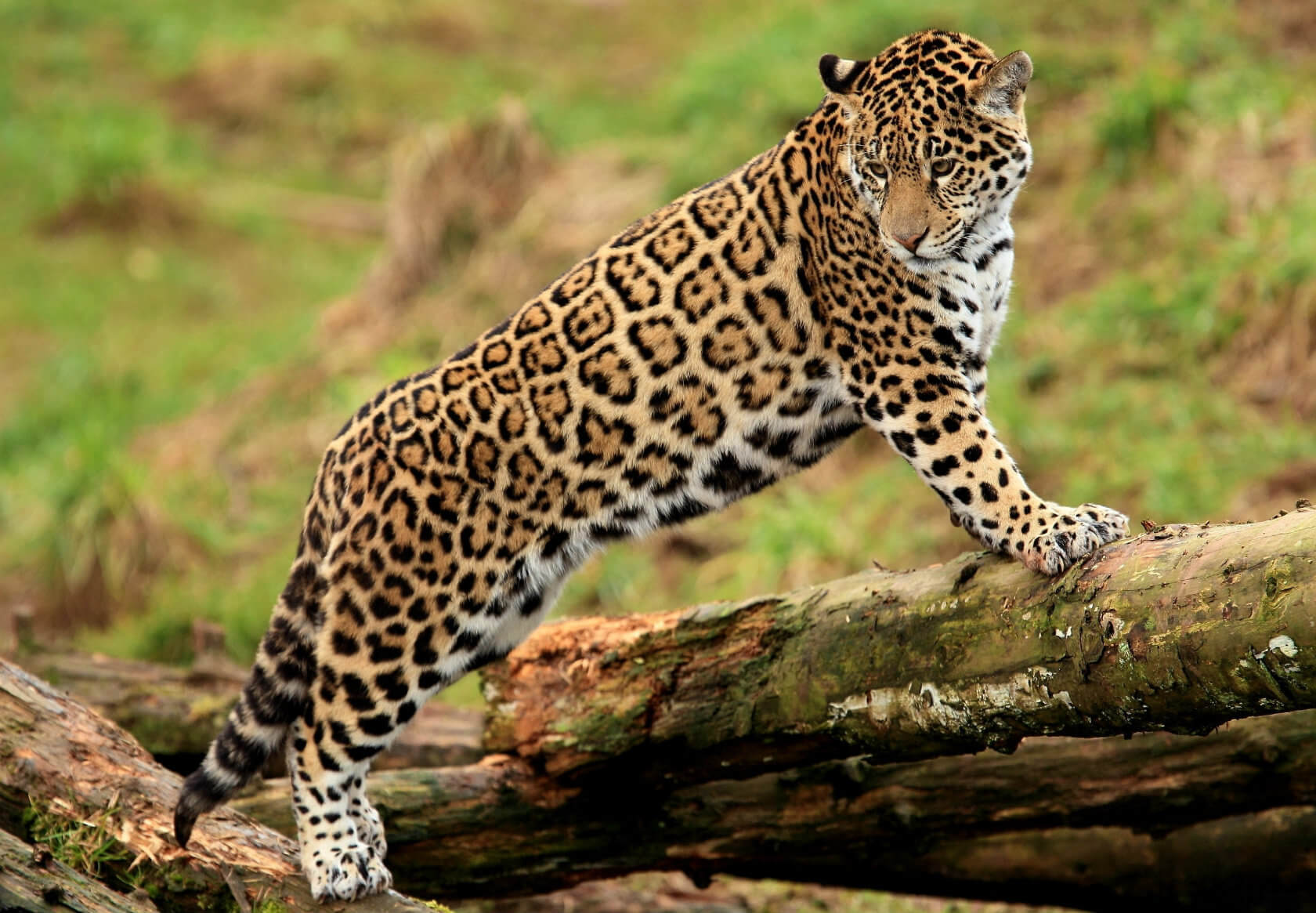
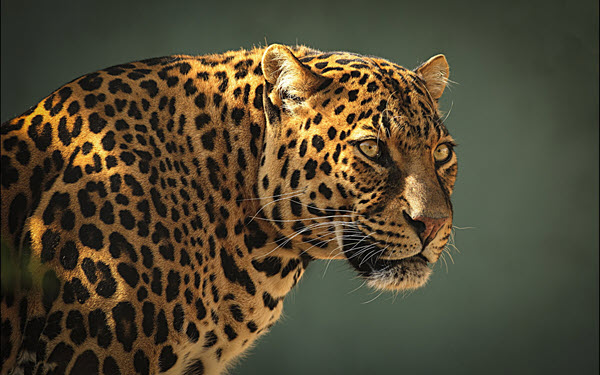
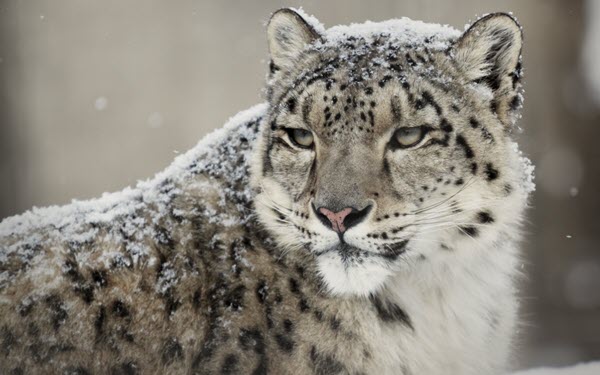
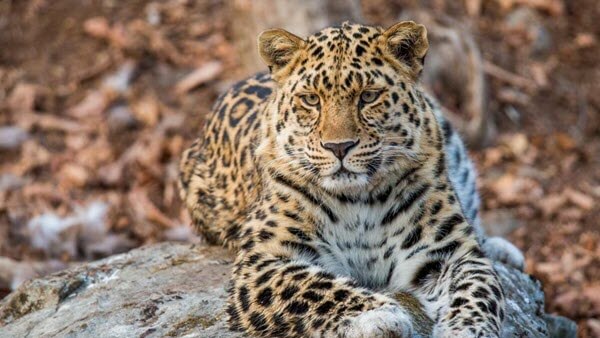
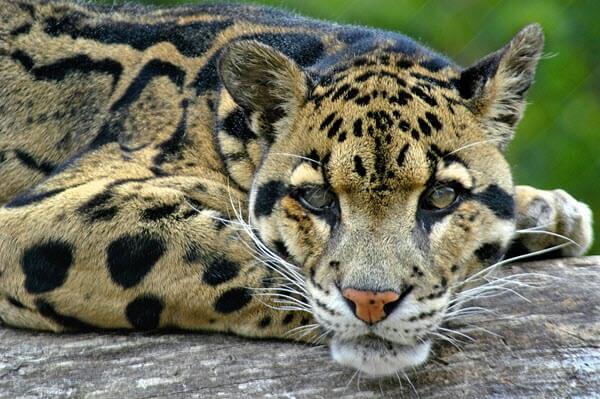
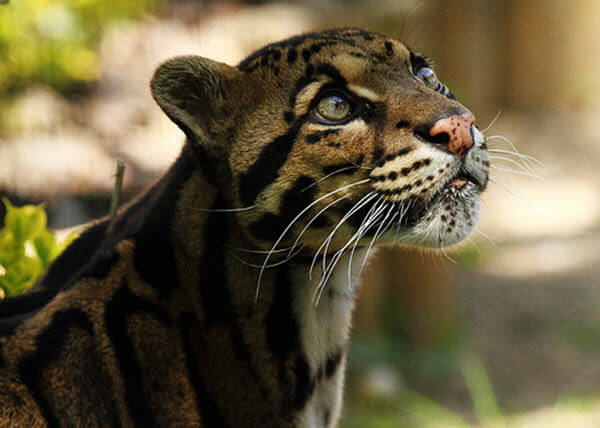

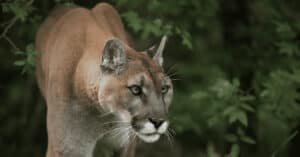
0 Comments